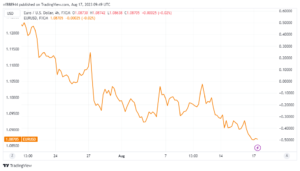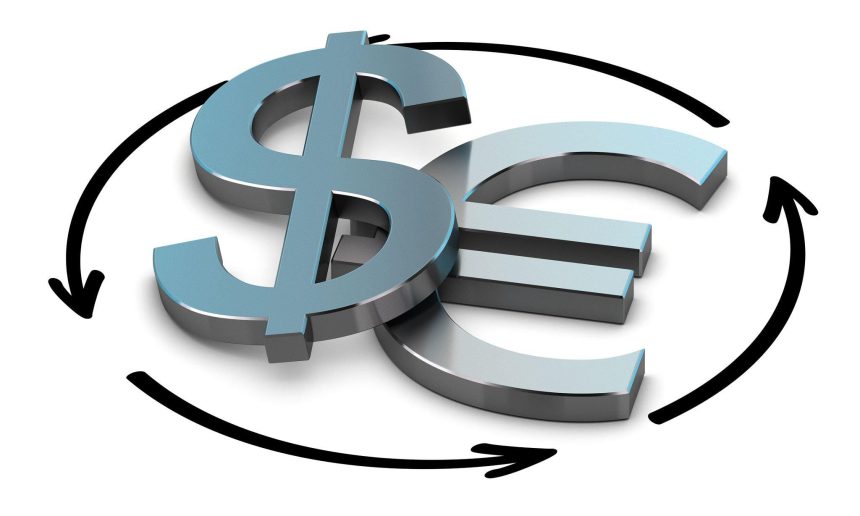EURUSD fell to a new multi-week low below 1.0900.
During Asian trading hours, the EURUSD continued under pressure, reaching its lowest level since early July at 1.0860. Although the pair managed to produce a little recovery in the European morning, the technical picture does not point to a sustained upward correction in the short term.
The US Dollar strengthened during the American session on Wednesday, as risk flows continued to dominate global markets. Furthermore, the hawkish tone in the Federal Reserve’s July policy meeting minutes offered an additional lift to the euro, sending EURUSD to stay back foot. According to the Fed’s report, most officials identified considerable upside risks to inflation and believed that these risks may need more policy tightening.
In the early European session, US market index futures are trading in positive territory. Following a two-day selloff, a comeback in Wall Street’s key indexes might restrict the USD’s gains in the second part of the day.
The US economic calendar will include weekly initial jobless claims.
Meanwhile, market players will be watching the weekly Initial Jobless Claims data closely. Even if the monthly Consumer Price Index results were in line with market forecasts, the number of first-time applications for unemployment benefits increased by 21,000 last week, making it harder for the USD to find demand. As a result, another 20,000 spikes in unemployment claims might weigh on the USD.
Technical Analysis
The EURUSD pair remains within the descending regression channel, and the 4-hour chart’s Relative Strength Index (RSI) indicator remains below 40, indicating a bearish bias.
On the downside, 1.0860 (daily low) serves as intermediate support before 1.0830 (descending channel lower limit) and 1.0800 (psychological level).

Looking north, the initial barrier is at 1.0900 (psychological level, static level) before 1.0930 (descending channel upper limit). A 4-hour close below the latter might entice buyers and pave the way for a further upward correction below 1.0980, the 100-period Simple Moving Average (SMA).









